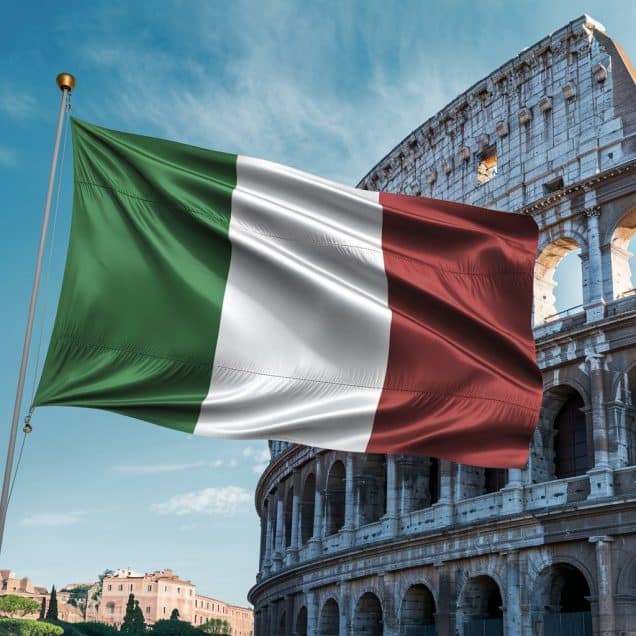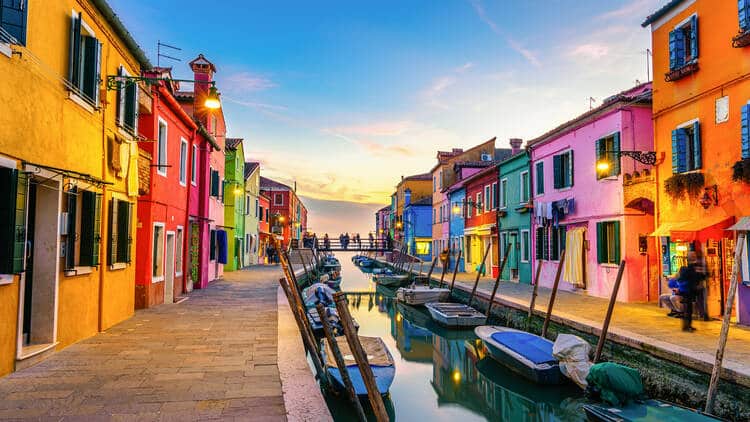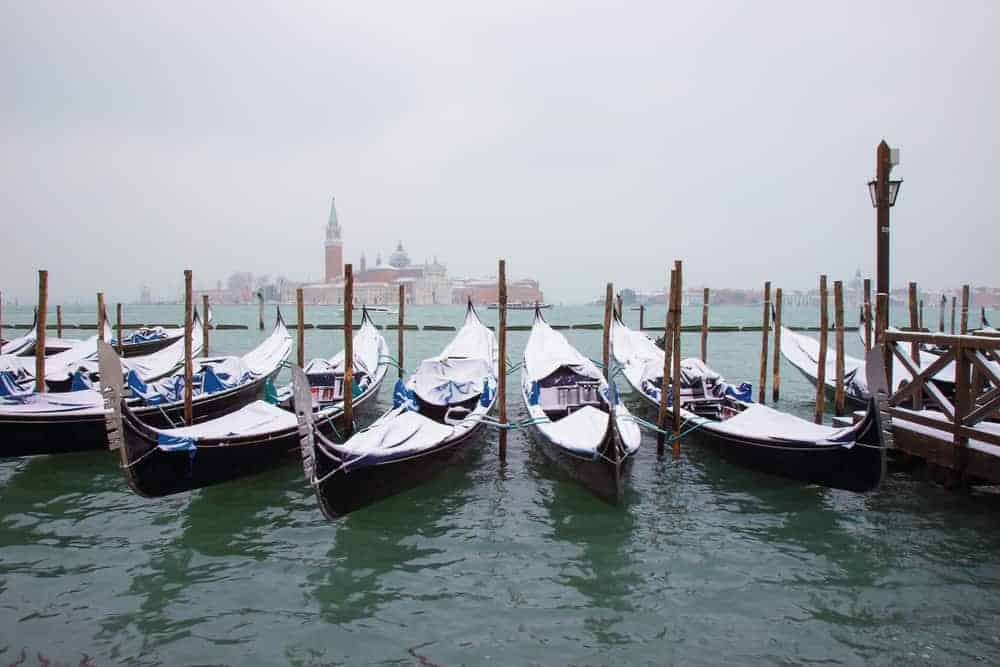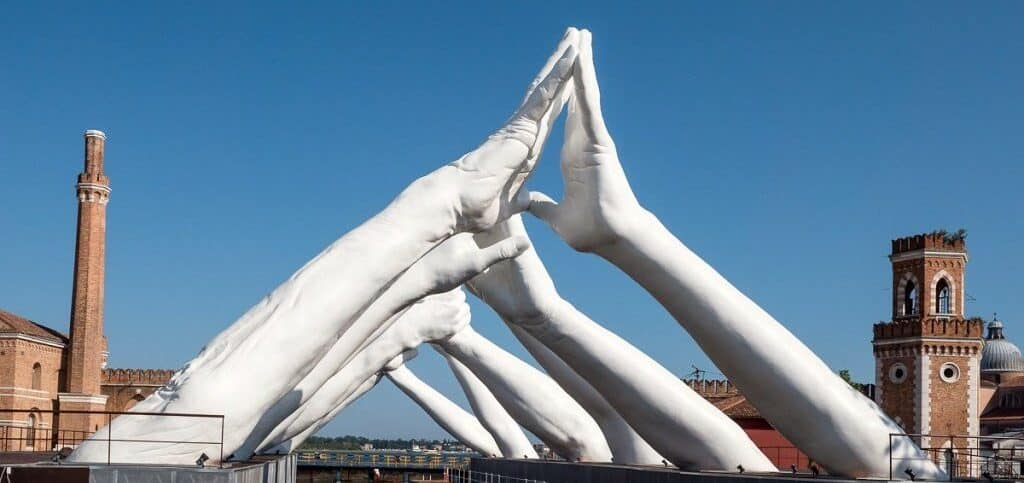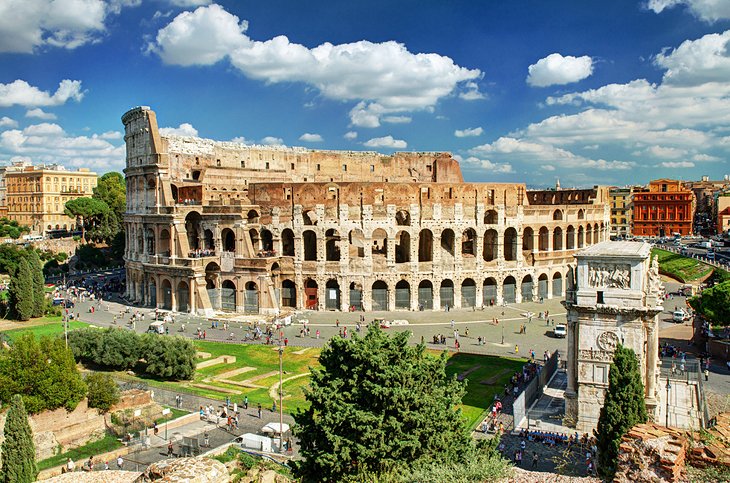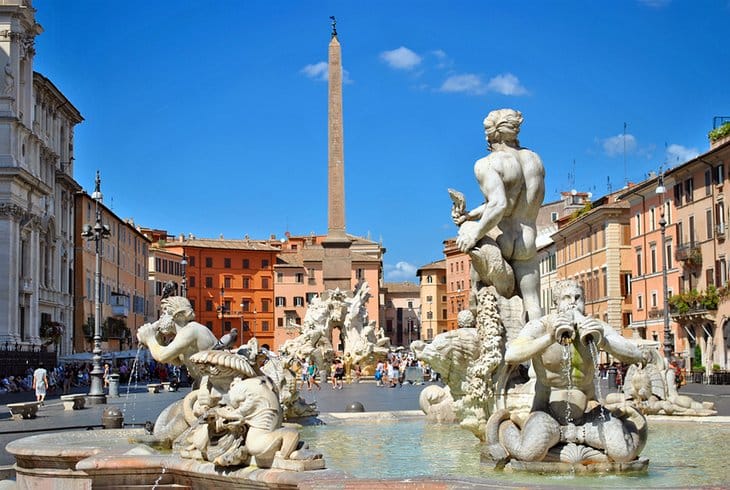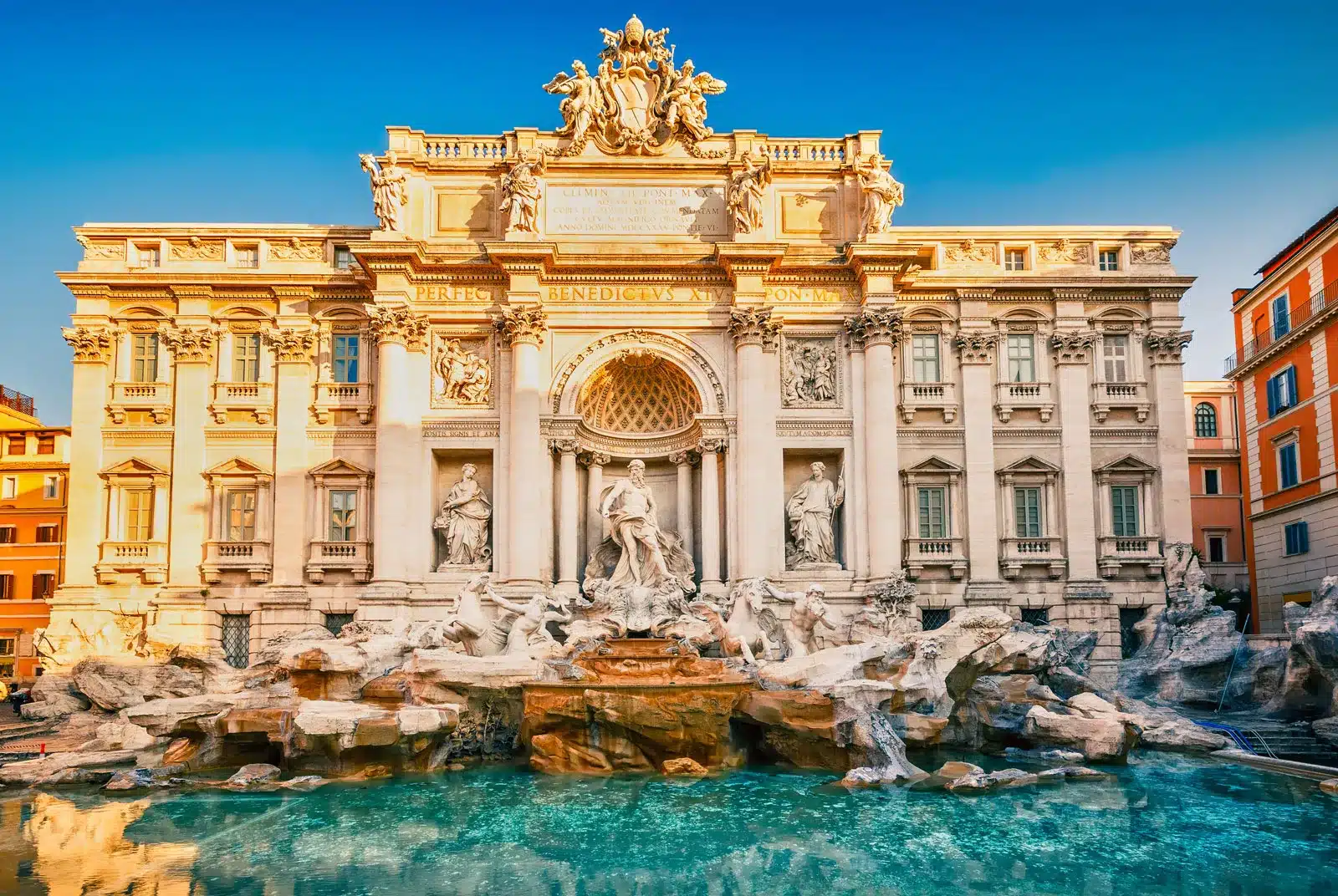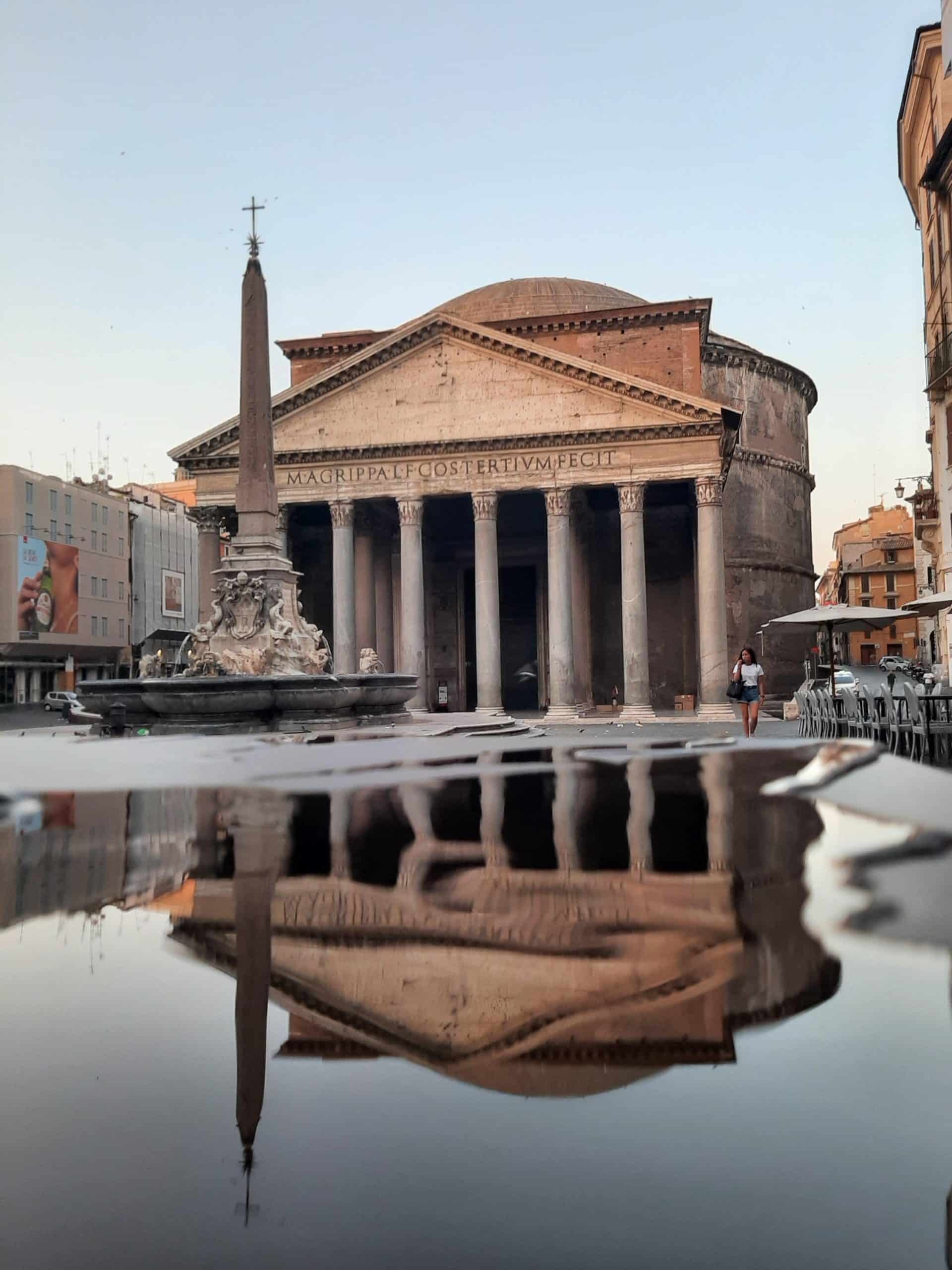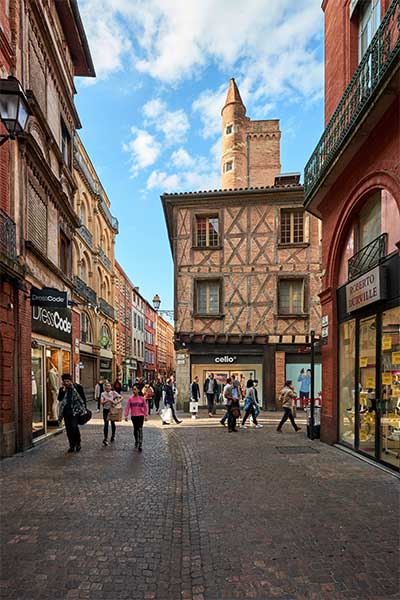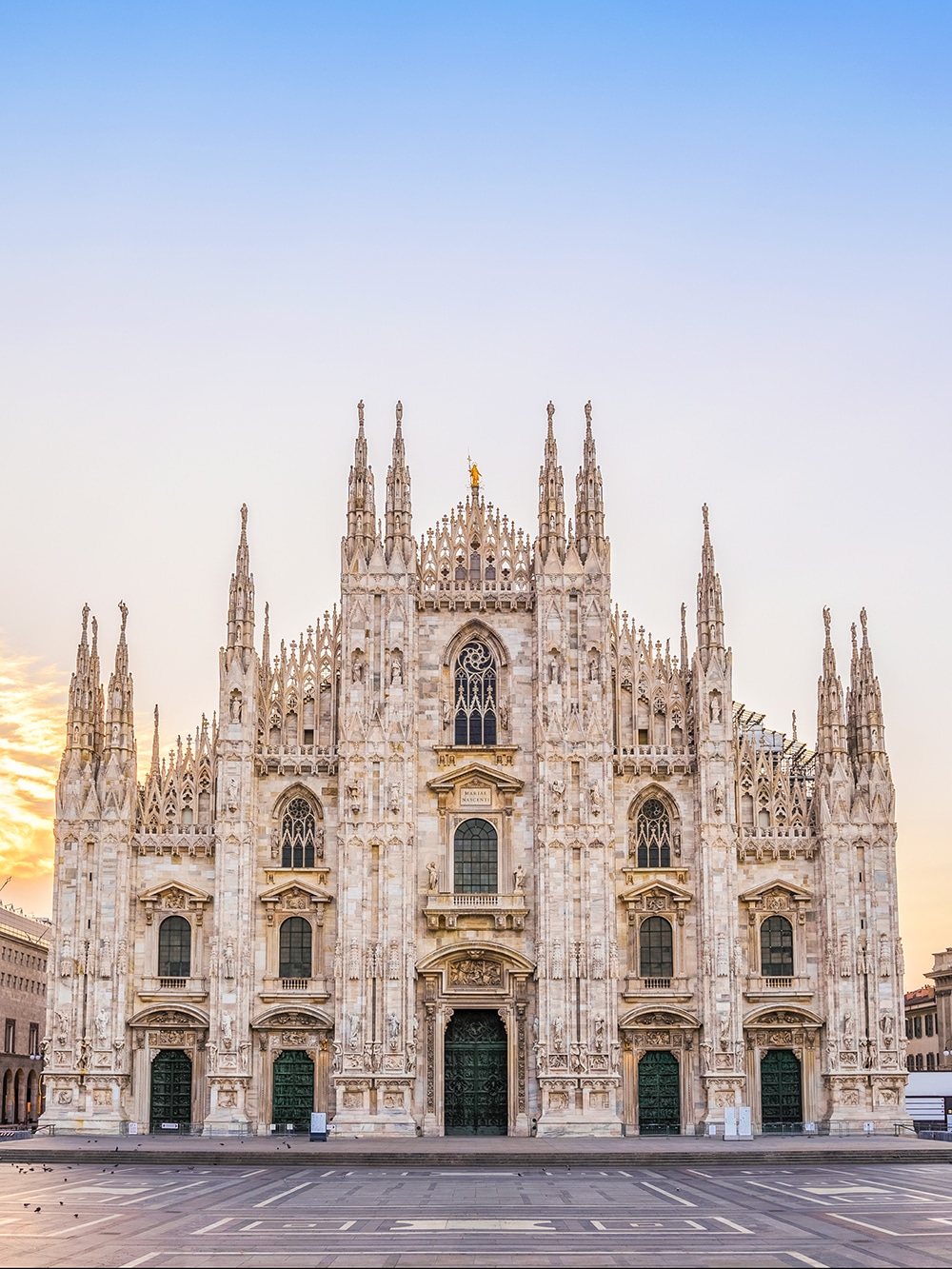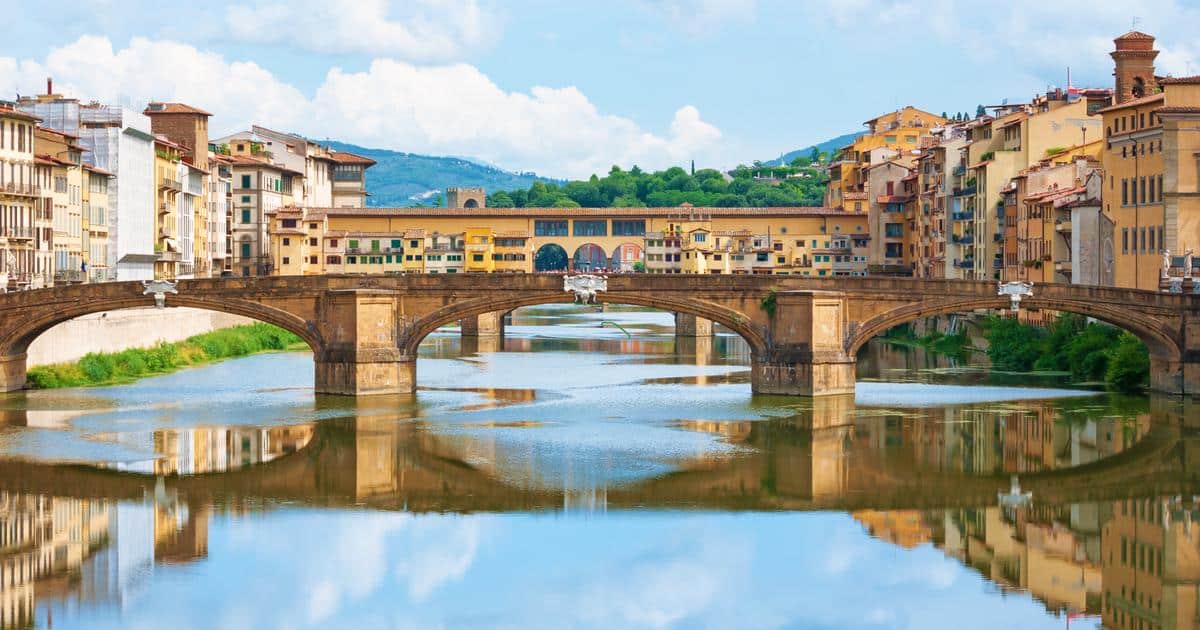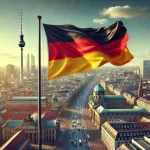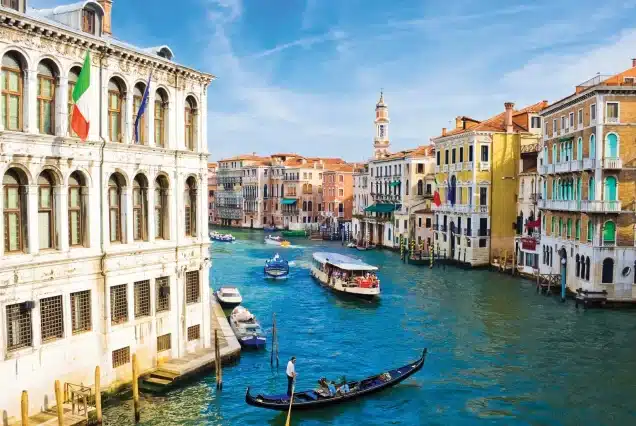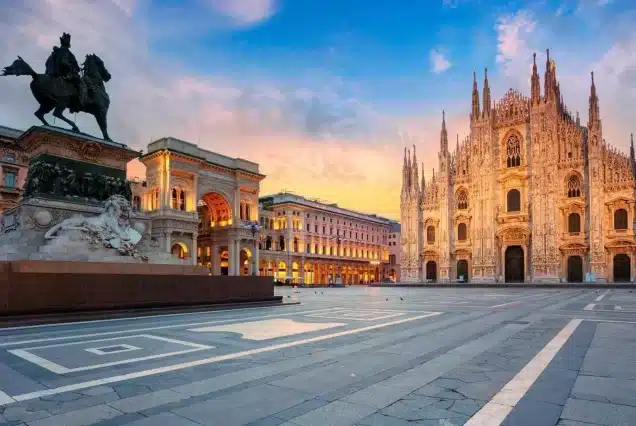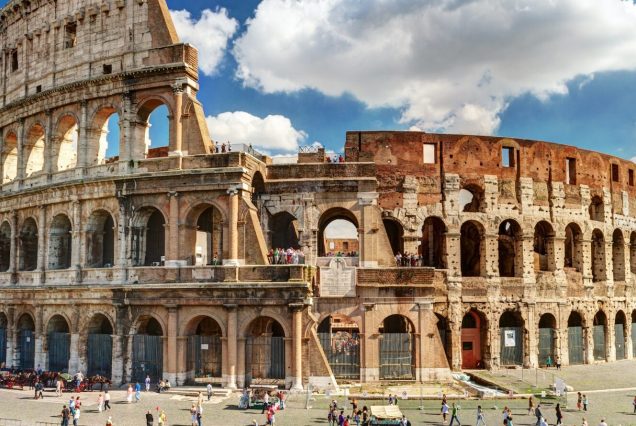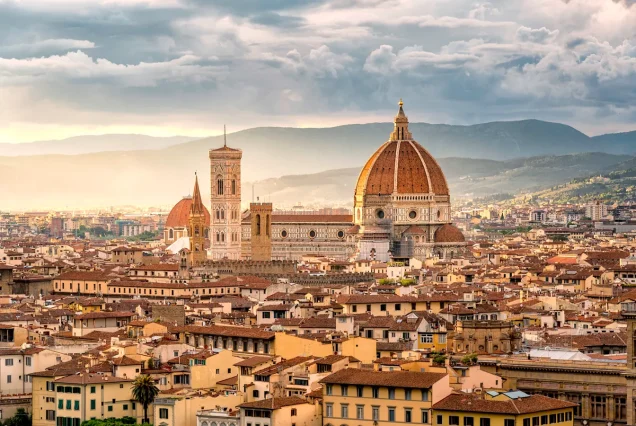

Discover Italy
Sights
Map
Info
Italy, located in Southern Europe, is a country renowned for its rich cultural heritage, historical landmarks, and world-class cuisine. From the ancient ruins of Rome to the Renaissance art of Florence and the romantic canals of Venice, Italy offers a diverse and immersive experience for travelers. The country’s vibrant cities, picturesque countryside, and Mediterranean coastline make it a top destination for history buffs, art lovers, and food enthusiasts alike. When planning a trip to Italy, it’s important to be aware of some key travel considerations.
Visa and Passport Requirements
Schengen Visa: Italy is part of the Schengen Area, so visitors from outside the EU typically need a Schengen visa for short stays.
Passport Validity: Your passport should be valid for at least three months beyond your planned departure date from the Schengen Area.
Visa Exemption: Citizens of some countries can visit Italy without a visa for up to 90 days, but they must have a valid passport.
Transportation
Public Transport: Italy has an extensive public transportation network, including trains, buses, and metros; the Trenitalia train system is especially useful for traveling between cities.
Taxis and Ride-Sharing: Taxis are widely available in cities, and ride-sharing services like Uber operate in some areas.
Car Rentals: Renting a car is a good option for exploring the countryside and smaller towns, but be aware that driving in cities can be challenging due to traffic and limited parking.
Accommodation
Luxury Hotels: Major cities like Rome, Venice, and Milan offer a wide range of luxury hotels, often housed in historic buildings.
Mid-Range Hotels and B&Bs: Italy has a variety of mid-range accommodations, including family-run Bed & Breakfasts (B&Bs) and boutique hotels.
Vacation Rentals and Agriturismos: Vacation rentals and agriturismos (farm stays) provide unique lodging experiences, especially in rural areas like Tuscany.
Dining
Traditional Italian Cuisine: Italy is famous for its regional dishes, including pizza in Naples, pasta in Bologna, and seafood in Sicily.
Trattorias and Osterias: For an authentic dining experience, visit local trattorias and osterias, which serve traditional Italian meals in a casual setting.
Gelaterias: No visit to Italy is complete without trying gelato, and gelaterias can be found in every town and city.
Cultural Considerations
Politeness and Greetings: Italians appreciate politeness, so it’s customary to greet people with “Buongiorno” (Good day) and say “Grazie” (Thank you).
Dress Code: While casual dress is acceptable in most settings, dressing modestly is important when visiting churches and religious sites.
Dining Etiquette: In Italy, meals are a time for socializing; it’s common to spend hours enjoying a meal, and tipping is appreciated but not obligatory.
Language
Italian: Italian is the official language, and while many Italians in tourist areas speak some English, learning a few basic Italian phrases can be very helpful.
Regional Dialects: Italy has a variety of regional dialects, though standard Italian is understood nationwide.
Translation Apps: Using a translation app can be useful for navigating language barriers, especially in rural areas where English is less commonly spoken.
Technology and Communication
Wi-Fi Access: Wi-Fi is widely available in hotels, cafes, and public spaces, especially in major cities.
Mobile Data: Purchasing a local SIM card or using an international roaming plan ensures you have access to mobile data during your trip.
Power Adapters: Italy uses a 230V electrical system with Type C, F, and L plugs, so you may need a suitable power adapter.
Shopping and Payment
Credit Cards and Cash: Credit cards are widely accepted, but it’s a good idea to carry some cash, especially in smaller towns and markets.
Fashion and Boutiques: Italy is famous for its fashion, and cities like Milan are home to many luxury boutiques and designer stores.
Tax Refund: Non-EU visitors can claim a VAT refund on purchases over a certain amount, which can be done at the airport before departure.

